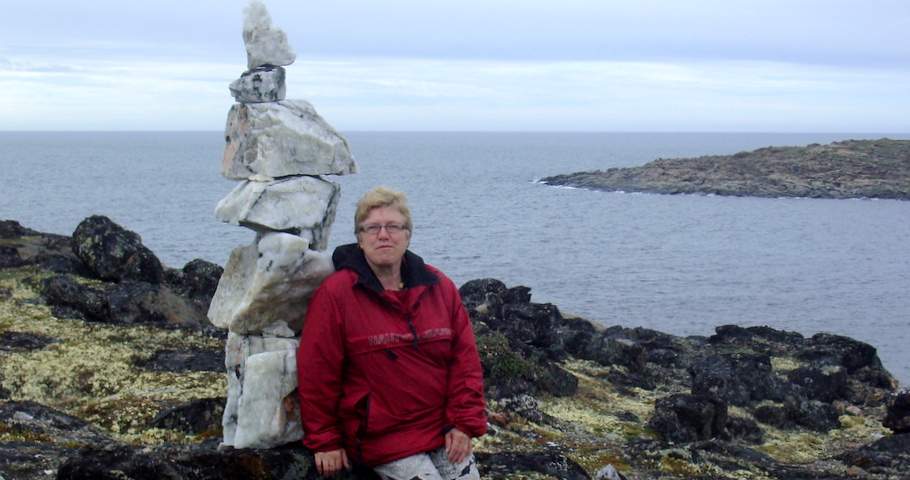The point I want to make here is that the perspective of potentially ruining a child’s outcomes claimed my commitment when I was working up North in Nunavik, Quebec, Canada.
It was the hardest work I have ever had to do and you have to have done it to say something like: "On Monday mornings, I put myself in button-responsive mode and I will reflect on what I have done when I leave here for good" (my co-worker's words to me when I complained about never being allowed by supervisor to think things through for the best of the people and the children). No Child Should Take the Long Way Home aims to reduce the number of placements children have to face in Nunavik.
Projects like mine are grounded in reality
Despite my best efforts to see the placements of children as acceptable solutions while in that work and even after, my response was to think about how animals are better treated than many children in this day and age. Eventually, I will be able to tell the story of the little girl who was moved 56 times in a 4-year span. You probably agree that no one would ever think of moving their dog from 19 to 56 kennels; all of us would certainly have found a better, more permanent solution.Projects like mine are grounded in reality but they must be on the same page as other projects to exist. In this instance, it is important to work with other like-minded organizations. Mary Ellen Turpel Lafond, Melanie Marks, Mark Gifford, SOS Children’s Village, Linda Day, Lise Cadieux all work to support children as best as they can.
The Honourable Carolyn Bennett, M.D., P.C., M.P., Minister of Indigenous and Northern Affairs says it very well: ‘’Children are our future, and to give them the best possible start in life, we must collectively move from an intervention-based approach of apprehension and protection to prevention-based approaches to community, families and children's rights and well-being. Working in genuine partnership with First Nations is critical to developing community-led solutions for reform that will reduce the number of children in care and result in better health, education and economic outcomes.”








No comments:
Post a Comment